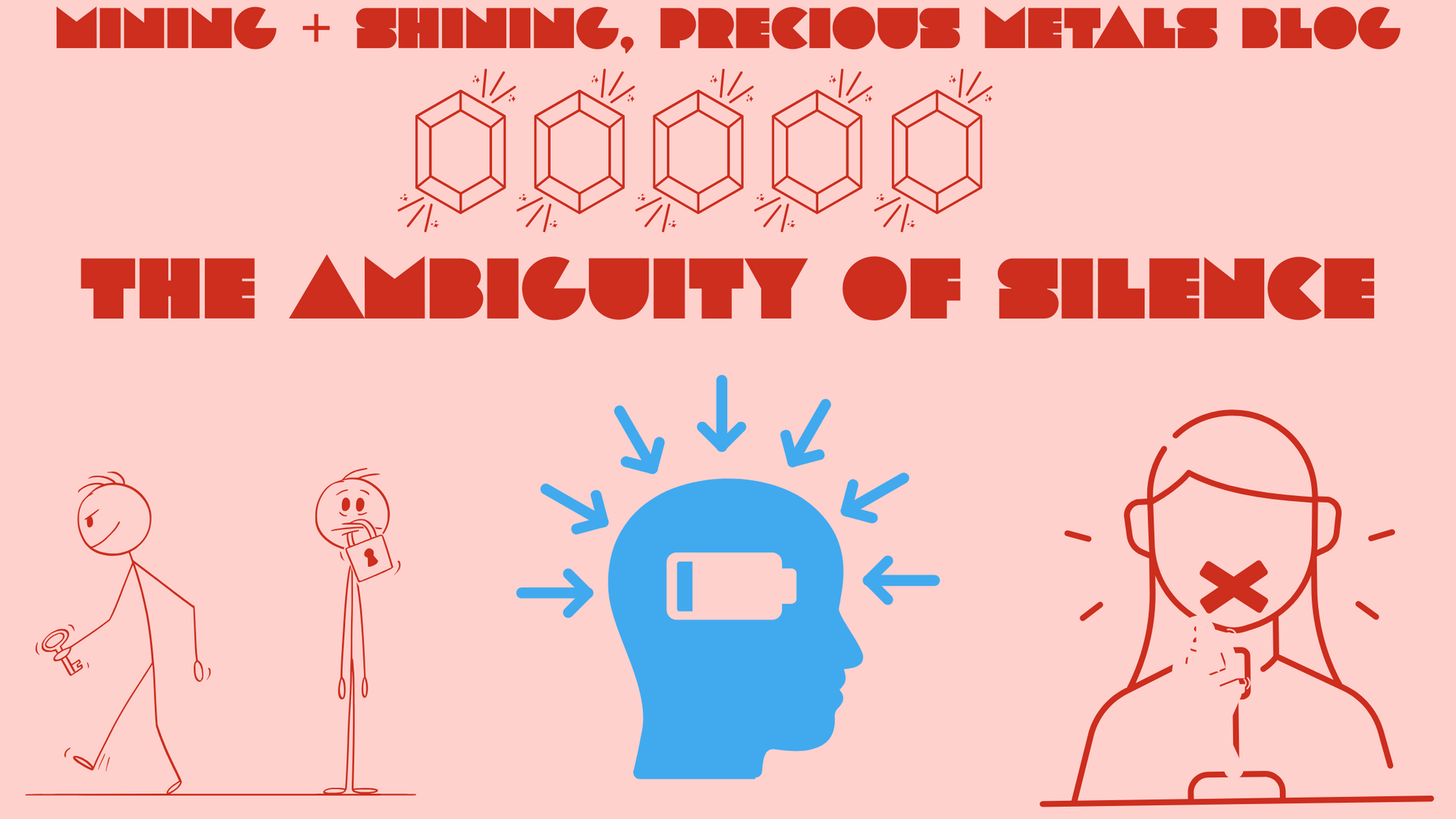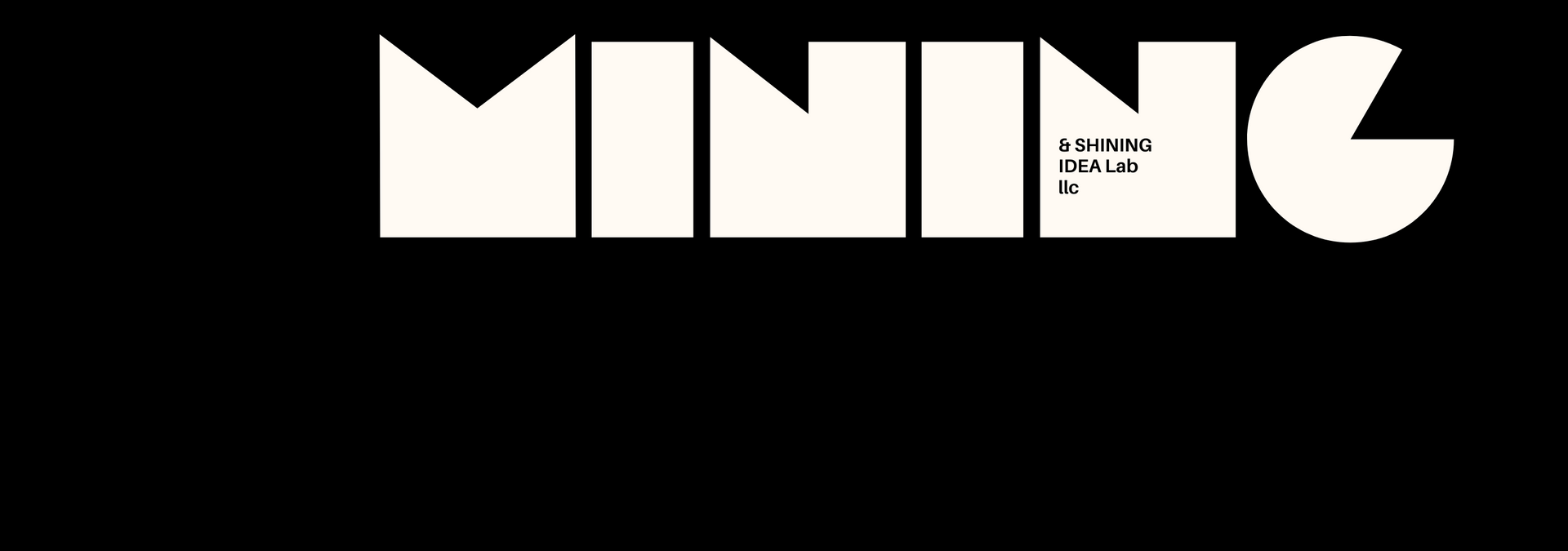Life Data, Part 2
Tracking Life's Data, Part 2: Extremist Edition

I've written about my process for collecting and analyzing internal Life Data through time tracking-- but the next step is a bit extremist.
In today’s entry, I’ll share another step from my personal annual review process– which is a very inefficient task– but valuable nonetheless.
First, I create a stack of data, from one of my daily practices, doing Julia Cameron’s Morning Pages.
Every morning I wake up, feed the cats, turn the coffee on, then I write three pages in my journal. That’s it. I just get whatever is in my head and soul out onto the page.
I don’t re-read. I just close the book, then engage in my other practices– which are prayer, reading the bible, then some form of exercise.
However, four years ago I started to re-read the entries, document them in a spreadsheet, and look for trends, moods and tones . It's a new year's tradition at this point, completed during the last week of December.
It’s a long process because I fill 4 notebooks. Each of the notebooks contains 251 pages . I prefer the LEUCHTTURM 1917 notebooks because there’s a space for a table of contents, lines and page numbers, which makes documentation easy.
The Process
To do my Year In Review, I re-read, do a qualitative analysis of the tone, topics and my calendar, then I enter the findings in a spreadsheet. The categories I document are date, page number, theme (if there is one), a learning and I assign it a positive, neutral or negative for mood value.
Here’s an example from Book 1, 2022:
Book 1, 2022
January was tough that year. My stepfather, who raised me and with whom I had a difficult relationship with, was diagnosed with cancer. And my daughter was away at college, in an emergency room, with COVID and possible blood clots. There’s a lot of sadness and anxiety in these entries. I had my first blood clot in my calf earlier that year, so I was scared for my oldest kid.
2 weeks later, on page 197 , I documented other insights. Dad died. We were near him. In fact, I was on a zoom call with a funder on the minute of his last breath. Seeing my father ill , I started smoking again and craved being an underdog, to start over at something, to try something new.
2 months later, in Book 2, I found what was spiking joy– writing short stories and studying the craft. I also began to see creativity as a daily practice and started thinking about leaving my job. Perhaps the contemplation of mortality, based on the death of Dad, made me start contemplating other career and life choices.
And then later in May:
May 2022, Book 2
From the entry on page 158, I learned that Rachmaninoff brings me joy, as does the writer Lydia Davis, and I was grateful for participating in The Creatives Workshop by Akimbo and Seth Godin. Seeing my daughter graduate and reading a friend’s writing also struck joy. However, on page 161, there were negative themes around work-- which I'll share at some point. As a result, a few weeks later I made the decision and left.
So why is this process important?
For me, it allows me to be more conscious in my decision making. I have good qualitative data as evidence for what brings me joy, what my challenges are. As a result, I gain more discernment.
In knowing this, I now know how to better spend my time, what challenges are worth engaging in and what challenges need to be avoided, just because it may be a waste of time and energy or the challenges don’t align to my 2026 goals.
As part of my coaching package, From Dark to Diamond, I help other introverted men to develop similar systems for collecting life-data in order help them make conscious choices instead of reactionary ones. If you want to learn more, email me at james@miningandshining.com or visit the miningandshinig.com website.
Remember, the first excavation call is free and I guarantee some insight.


